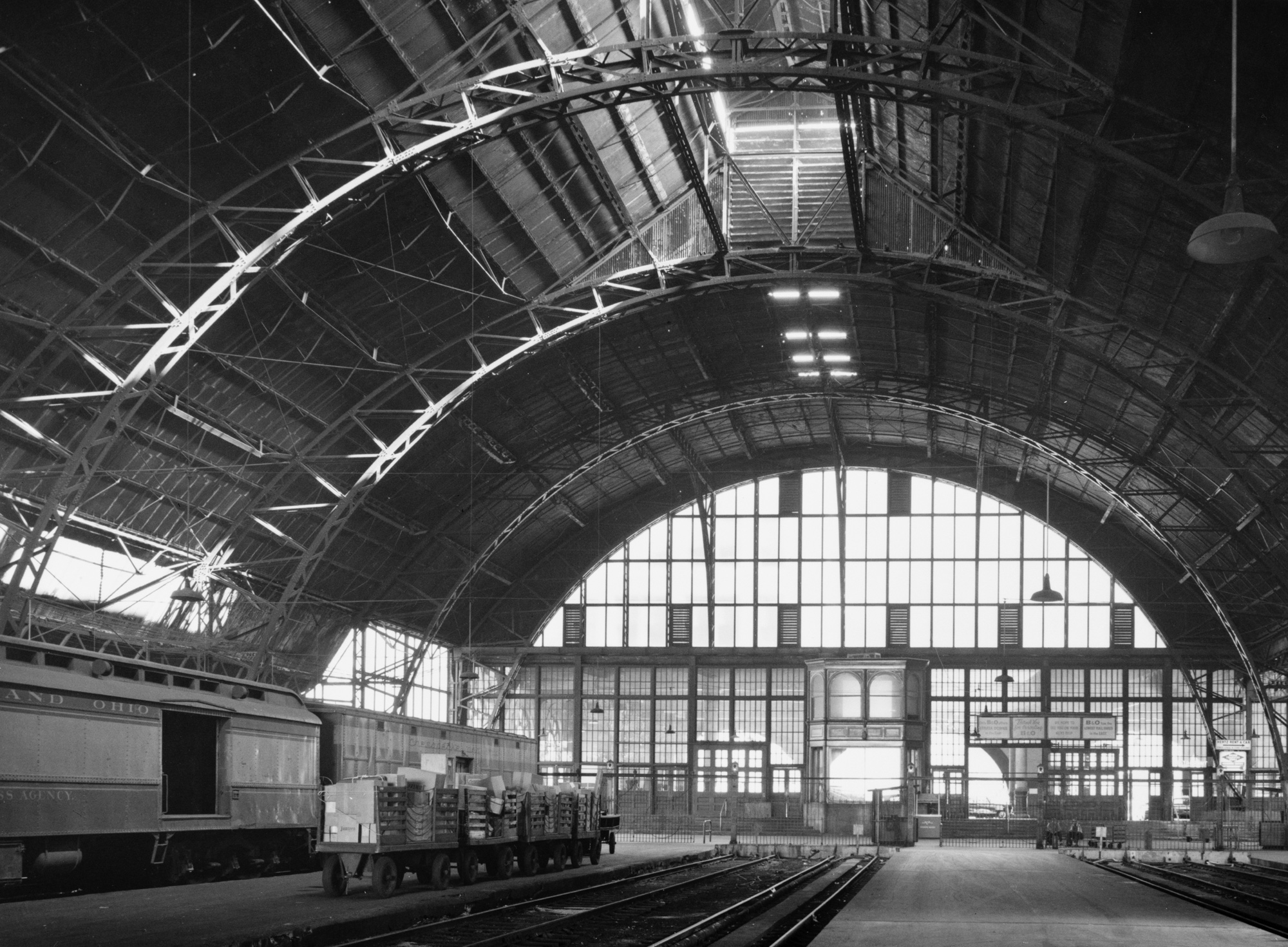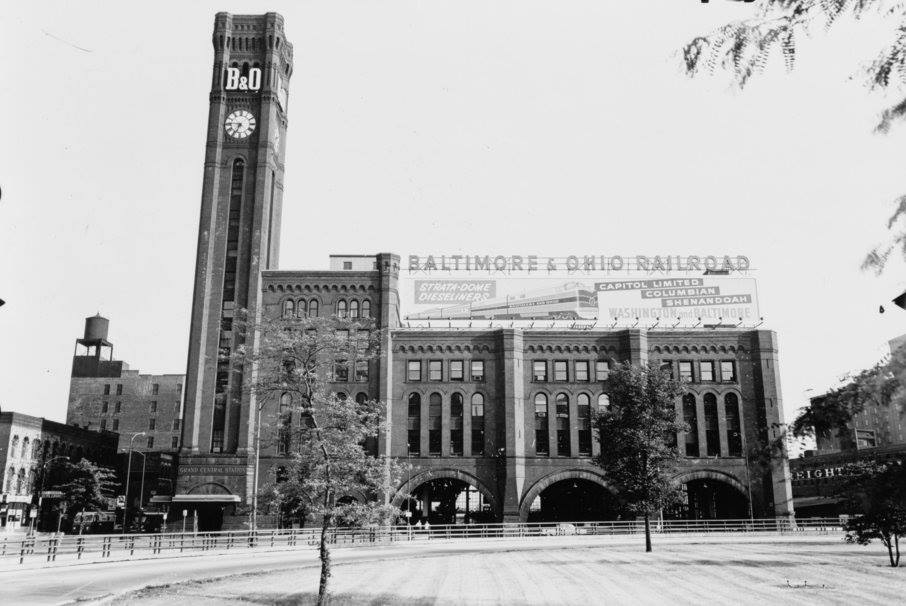

The center and west sections were demolished in 1965 to make room for a parking lot. The main lobby was eventually roped off to eliminate the need to clean it.įaced with the reality that Bragdon Station was in need of expensive rehabilitation, New York Central sold the station to a private owner in 1959. Tiles began to fall from the ceiling, and soot from the thousands of locomotives that had passed through over the years collected on every surface.

There was not enough money budgeted to keep the grand station in good repair. As business declined, New York Central saved money by combining routes and providing fewer services. Accompanying it on the list were New York City’s famous Penn Station and Chicago’s Grand Central Station.īragdon Station served passengers for about 40 years before it lost most of its business to the interstates and airlines. This contrasted with the Chicago-bound trains of its crosstown rival the Pennsylvania Railroad, a rollercoaster ride through the Allegheny Mountains. In 2009, named Bragdon Station the 7th most beautiful train station to fall to the wrecking ball. Ornamental elements resembling train wheels with spokes were present on many elements of the station. Inside, interlocking tile covered the domed ceiling that stretched across the center section of the station, with a grand double staircase and long wooden benches reminiscent of New York City’s Grand Central Station. A metal canopy adorned with locomotive wheels ran the length of the center section of the front of the station to shelter passengers from Rochester’s weather. The building was constructed of brick and trimmed in brownstone. Bragdon’s Rochester train station is widely regarded as his greatest work.īragdon Station’s three prominent arched windows, each reaching three-stories high, featured on the front of the building symbolized the drive wheels of a locomotive.

He favored progressive architecture based on nature with geometric elements and musical proportion. Bragdon earned national notoriety for his work as an architect. It was designed by Claude Bragdon, the son of a Rochester newspaper editor. The $2 million building, sometimes referred to as Bragdon Station, was the third train station built by New York Central Railroad in Rochester.
#Chicago grand central station windows
Today only three train stations remain standing in Rochester: Lehigh Valley Station, built in 1905, which now houses the Dinosaur Barbeque the Buffalo, Rochester & Pittsburgh Depot, built in 1877, is now Nick Tahou’s and the Amtrak Station, built in 1978.īefore the current Amtrak Station was built, the four-story New York Central Railroad Station, built in 1914, stood in its place with great arched windows and some of the largest tiled dome ceilings in the world at the time. These stations were replaced as the railroad industry grew.

Near the turn of the 20th century, Rochester was served by five different railroad companies, each with its own station. Rochester has seen many train stations over the years. Considered an architectural gem and a marvel of engineering long after it was built, had platforms long enough to accommodate fifteen-car passenger trains.Photo courtesy of Rochester Museum and Science Center With the help of SpotHero, enjoy the convenience of booking a parking spot ahead of time, ensuring you have a space. Passenger trains were dropped and service was curtailed, It closed on November 8, 1969, and torn down in 1971.Īrchitecturally unique was Grand Central Station’s self-supporting glass and steel train shed, 555 feet long, 156 feet wide and 78 feet tall, among the largest in the world at the time it was constructed. The smallest of Chicago’s passenger rail terminals, Grand Central Station was a relatively quiet place, even during its heyday, and became even quieter in the years following World War II. Grand Central Station was eventually purchased by the Baltimore and Ohio Railroad, which used the station as the Chicago terminus for its passenger rail service. Grand Central Station was designed by architect Solon Spencer Beman for the Wisconsin Central Railroad, and was completed by the Chicago and Northern Pacific Railroad.


 0 kommentar(er)
0 kommentar(er)
